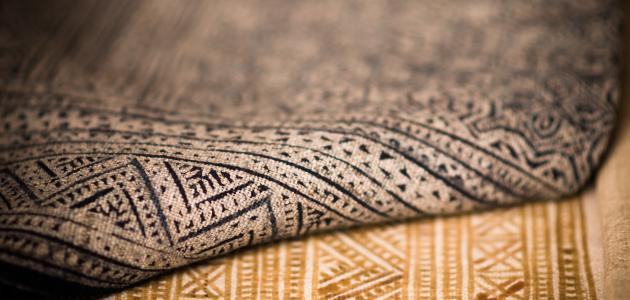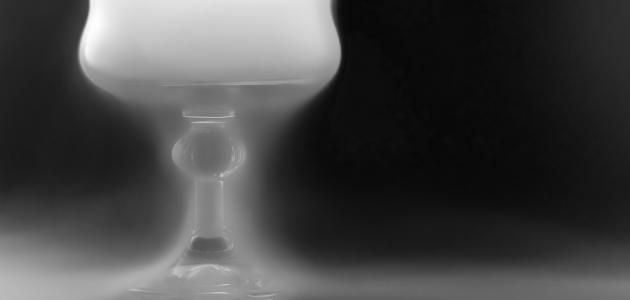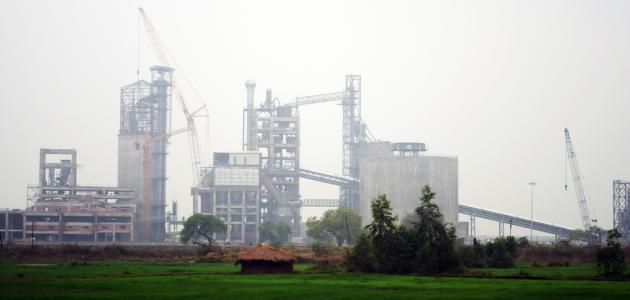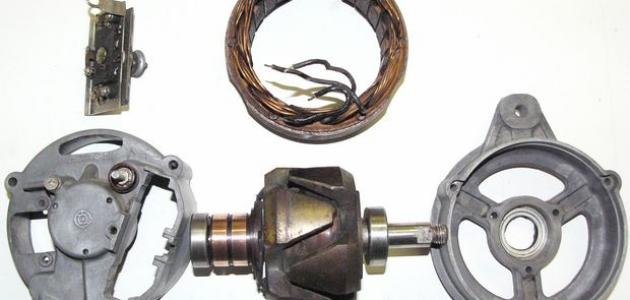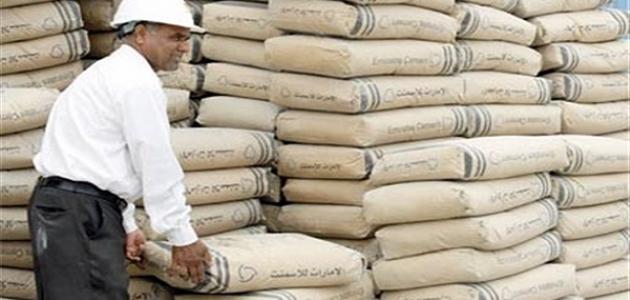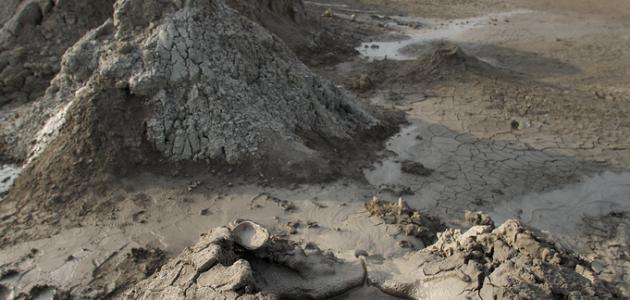cloth
Textile, fibers, and woven threads are all synonyms for the word cloth, and they are all derived from the Latin word Textilis, or the French word Texere, which means knitting, and thus this word includes threads, ropes, braids, and fabrics that resulted from various knitting methods. And weaving. The manufacture of fabrics or textiles began in the prehistoric era, when cloth was manufactured using ancient manual machines, and continued to develop until it reached what it is in our current era, where cloth is now produced using modern electronic machines. An example of ancient textiles produced by the African people is the net. Silk, cotton, and linen fibers were also used as materials from which fabrics were made, especially in ancient Egypt. China also produced silk, and India produced cotton nearly 3000 years ago. It is worth noting that in order for fabric to be produced, a spinning or knitting process must be carried out, so that ropes of fibers or threads are produced. There are several types of threads that vary in their names and materials, and the fabric is usually named after the material from which it is spun.
How to make cloth
The raw materials from which cloth is made
The basic materials that go into making cloth include three categories: natural materials sourced from plants, natural materials sourced from animals, and materials manufactured by humans. Examples of materials taken from plants include cotton, which is harvested using machines and then sent to the factory for cleaning. Remove seeds and impurities from it. Linen is also considered one of the types of plants from which cloth is made, as it is pulled from the ground using the hands, then it is treated, combed, and the seeds are removed from it, and then it is prepared to make linen cloth from it. Likewise, silk is taken from the cocoon of the silkworm.
Read also:What distinguishes television from radio?The fabric made from cotton is called year-round fabric, because it is suitable for all seasons of the year, as it gives the body coolness in the summer and heat in the winter. It is also soft and is used in making infant clothes. As for the fabric that is made from silk, it is one of the most expensive and luxurious types of fabric, as it is used to make luxury clothes and expensive evening dresses due to its softness and shine. Indian silk has gained fame around the world. Linen fabric is considered the king of natural fabrics, as it does not cause irritation or allergies to the skin when worn. This is due to its high natural properties. As for the materials that come from animals, they are wool, which is processed and prepared manually or using electronic machines. As for manufactured materials, there is rayon, which is an alternative to silk, and is made from cellulose using a machine called a spindle. There is also nylon and polyester, and fabric made from natural materials is always considered the best. ; This is because it does not change color due to exposure to ultraviolet rays and does not lose its properties.
The main steps of fabric manufacturing
Cloth from its various sources goes through three manufacturing steps. The first step begins with the production of threads, or what is called spinning. This is done by processing raw materials and converting them from raw fibers into threads. Then the produced threads are collected on a wooden body called a pulley, which in turn transports ropes of threads. to another machine, and the spinning process continues. After the yarn is prepared, it moves to production, which is the second step of the manufacturing process. The yarn is linked together in a process called knitting, and it is done on a machine known as a loom. This machine is connected to a computer. After the knitting process is finished, the yarn becomes similar to white paper and is ready. The final step or final touch is production, where the fabric is cleaned of grease and oils that naturally occur from the fibres. The goal of the last step, which is also called the finishing process, is to improve the product and make it fit for consumption, as the fabric produced before the treatment process is dirty, harsh, unsuitable and undesirable for the consumer. The finishing process is composed of chemical and mechanical processes, such as bleaching and texture treatment. It is worth noting that untreated fabrics are called gray goods.
Read also:Pros and cons of televisionIt cannot be said that after processing the fabrics are ready to be shipped and used in manufacturing clothes, they need to be colored, which is called dyeing. The dyeing process begins by placing the fabric in a machine called a mercerizer. This machine contains a mixture of chemical solutions at a very low temperature. The aim of this step is to expand the pores of the fabric to make it more capable of accepting dyes. Then the fabric is pulled after washing onto a frame. Of the metal to be prepared and able to take more dyes. It is worth noting that in the past, dyes were extracted from plants, but nowadays dyes are manufactured in chemical laboratories, and they are called reactive dyes. Their idea is based on their interaction with fine particles (molles) in the fibers of wet fabric, to form a strong bond, thus stabilizing Color on the fabric.
The types of dyes differ depending on the type of material used in them, as there are factors that are taken into consideration when choosing the dye, such as its stability when exposed to light, the extent to which it is affected by washing and rubbing, as well as its cost. The dyes that are used to dye wool, silk, and nylon are called acid dyes. Direct dyes are those dyes that are applied to fabrics that contain cellulosic fibers. There are color-fixing dyes to which chemical salts are added and are used to dye silk and wool. There are also sulfur dyes, which are used to dye cellulose, but they do not give much shine to the fabric, as they are cheap dyes. There are aromatic dyes, which are used to dye cotton.
Read also:The newest tank in the worldEvolution of fabrics
It can be said that there is not much evidence of the development of fabrics, due to the rapid deterioration and disintegration of their tissues, but they most likely took the form of animal skins from ancient times, and were thrown on the body for warmth. Sewing needles made of bone were found near Russia in 1988 AD, and were used to sew animal skins. They are said to date back to about 18,000 BC. Clay tablets representing tissues from 8,000 years BC were also found, and textile remains were also found in Anatolia dating back to about 6,500 years BC. The production and export of silk began in China about 2,800 years BC. When the Industrial Revolution began in the nineteenth century, fabrics such as silk, lace, and linen were traded among the wealthy, while ordinary people wore clothes made of cotton and wool. The great development in the textile industry occurred in 1891 AD in France, when synthetic fibers were invented, which in turn reduced the cost of clothing.
